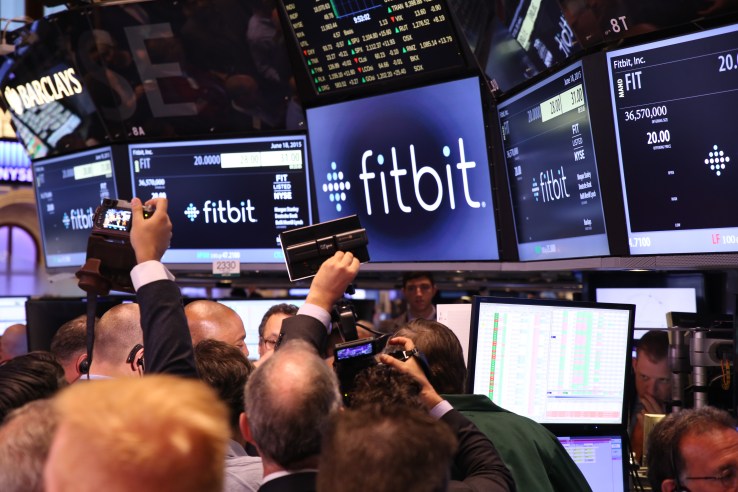A smartwatch won’t fix what’s broken with Fitbit

Fitbit’s Q2 earnings could have been worse. Unlike Q4 of last year, the company didn’t use the opportunity to announce that it would be laying off six percent of its staff. Still, things are bad. As we pointed out earlier in the week, the company’s stock price is little more than 10 percent of its 2015 high.
According to some new numbers, Fitbit can also no longer claim to be the world’s top wearable maker. Right after the company announced its financials, Strategy Analytics noted that Chinese handset maker Xiaomi had snapped the title away from the company. Of course, Fitbit tried to put a happy face on its recent woes by reconfirming its plan to bounce back: a smartwatch.
In a statement issued alongside its earnings, co-founder and CEO James Park wrote, “Our smartwatch, which we believe will deliver the best health and fitness experience in the category, is on track for delivery ahead of the holiday season and will drive a strong second half of the year.”
Park has been talking up the watch for months now, in an attempt both to build hype and, it seems, reassure investors that help is on the way with what he believes will be an industry game changer. That’s a lot to pin on one device. It’s still too early to pass judgement, of course — all we know about the product is what we’ve seen from leaks. But what we’ve seen so far points to a company that has been learning many of the wrong lessons of late.
With a reported $300 price point, Fitbit is firmly targeting the premium market. That’s a full hundred dollars more than its current most expensive device, the Blaze. Released last year, that product straddled the line between fitness tracker and smartwatch, omitting, among other things, support for third-party apps. So Fitbit doubled down and went on a shopping spree. Earlier this year, the company bought two unique smartwatch startups, Pebble and Vector, for a reported $53 million.
Those companies, along with mobile payment startup Coin (which it bought the year prior), serve as the foundation of the still-secretive smartwatch. Production on the device has reportedly been plagued by technical issues, including problems with GPS and waterproofing, which could go a ways toward explaining why we’ve heard so little about the product, even as the company has been talking up its arrival for months.
In spite of those apparent delays, there’s little question that Fitbit has a good team in place, capable of producing a very good product. Until very recently, it has been the dominant force in wearables, and both Vector and Pebble have already given the world compelling devices. But much of Fitbit’s problems stem from the fact that wearables in general have flatlined. Initial excitement has died down and many who have purchased a fitness band are holding on to the ones they own.
And with the notable exception of Apple, smartwatches haven’t looked much better. In fact, the low end of the pricing spectrum is a rare bright spot for the otherwise lackluster space. As Fitbit’s share of the global market fell sharply from 29 percent to 16 percent, Xiaomi rose from 15 percent to 17 percent. That growth was fueled by the company’s extremely low price point. Here in the U.S., you can pick up one of their Mi Bands for $15. Fitbit’s cheapest device, meanwhile, is the Zip, an extremely basic clip-on step counter that’ll run you $60.
Cheaper devices are one potential option for the company moving forward. Granted, it’s often hard to be price competitive with Chinese manufacturers like Xiaomi, but Fitbit still has healthy brand reconnection and robust software offerings, which could justify a bit of a premium over rock-bottom trackers like the Mi Band. A substantial price drop on an offering like the company’s best-selling Charge 2 would do wonders for sales. Right now, the fitness band is nearly 10 times the price of Xiaomi’s cheapest offering.
Lowering device cost would also help the company gain even more of a foothold in the competitive corporate and clinical health space. It’s a still lucrative portion of the wearable industry, into which its one-time fierce competitor Jawbone is said to be shifting after a couple of years of radio silence.
I’m happy to hold off judgement on the new smartwatch until it actually arrives, which, from the sound of it, will be sooner than later. But even if it manages to combine all of the best worlds of the companies it has acquired, it’s hard to imagine a premium-priced device being the right path forward for Fitbit.